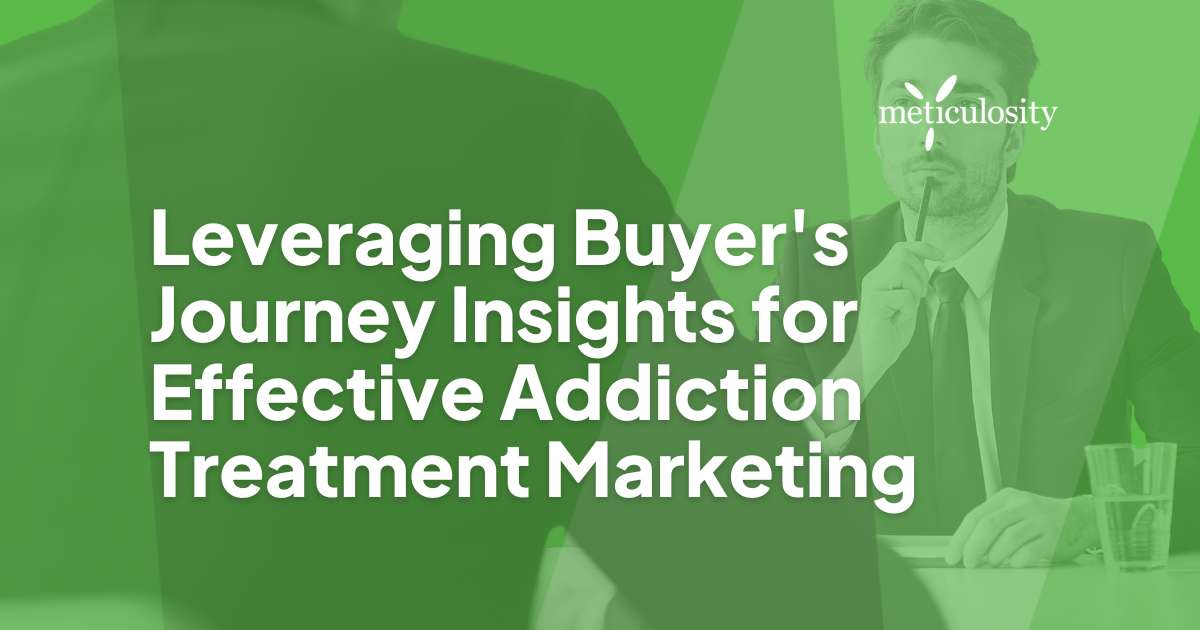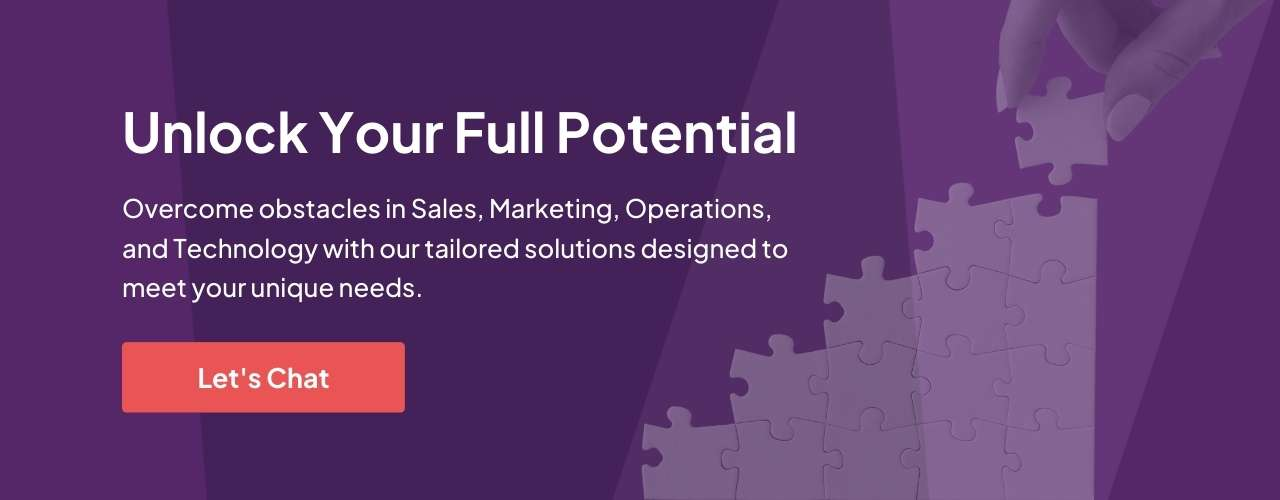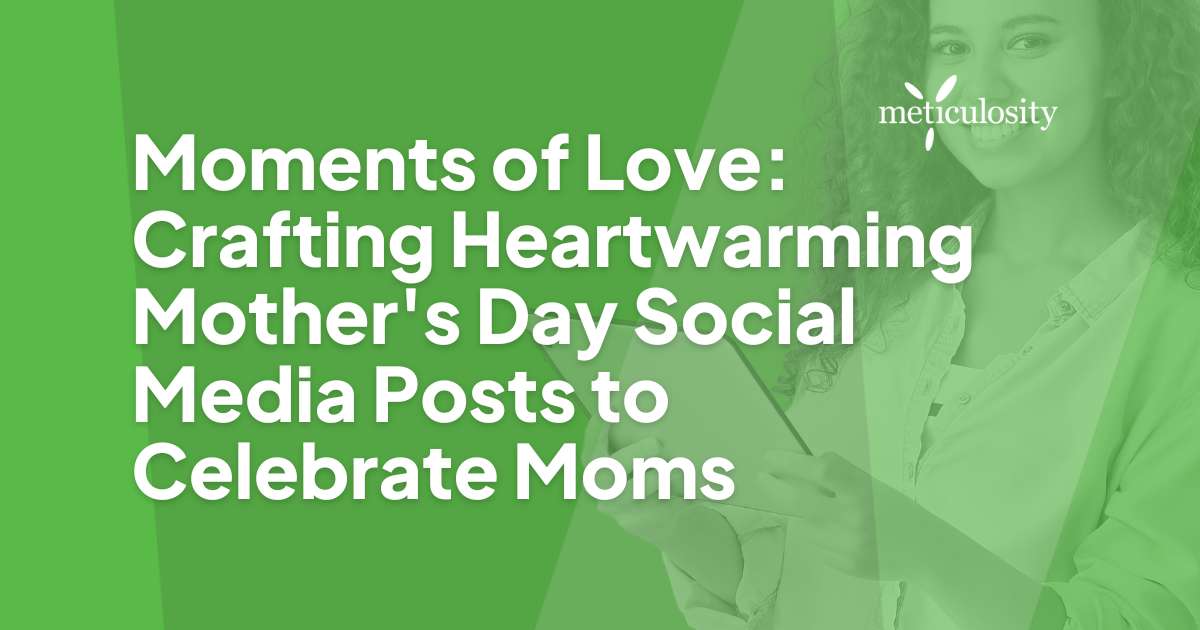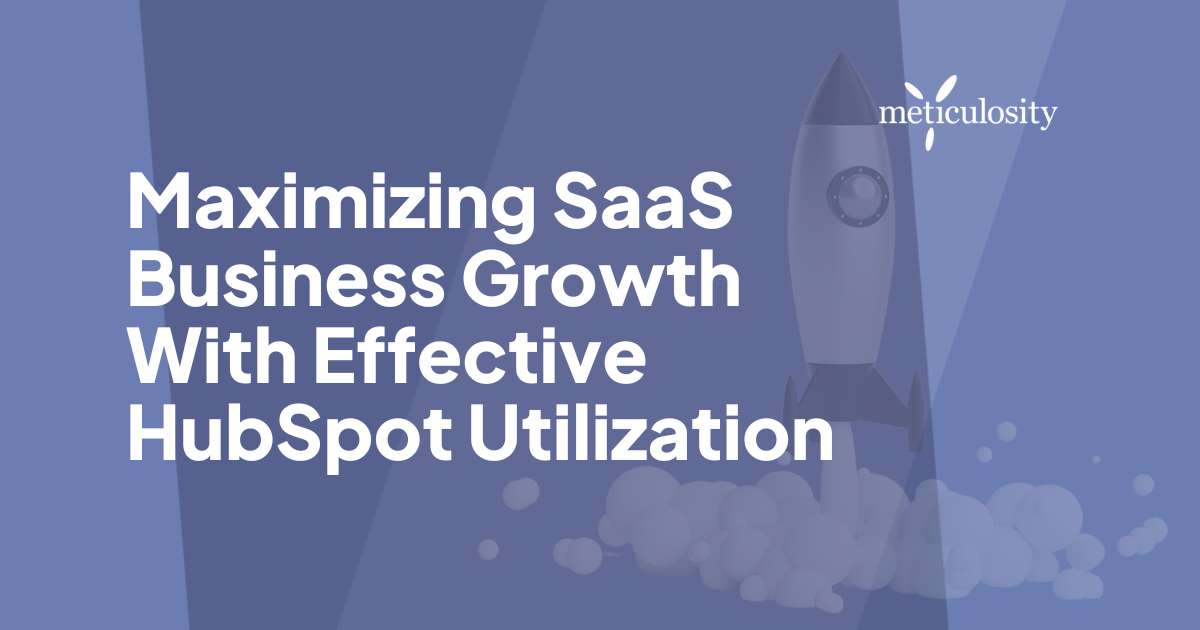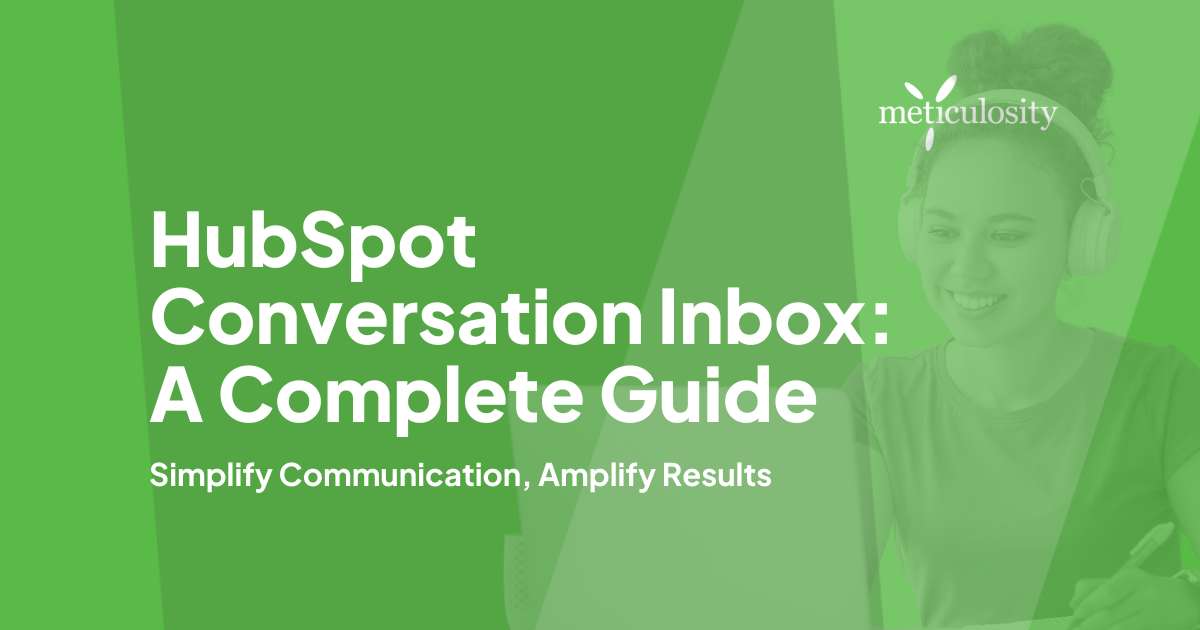It's a tough battlefield out there, with over 14,000 specialized drug rehab facilities vying for attention in the United States alone.
To help you navigate this challenging landscape, we've taken it upon ourselves to thoroughly study the intricacies of a prospective client's journey in the addiction treatment industry. This blog will serve as your compass - guiding you on how to utilize these insights to craft messages that genuinely connect with your audience and implement strategic marketing practices that hit home.
Key Takeaways
- Understanding the buyer's journey for addiction treatment is crucial in effective marketing, as it helps you know when and how to offer help.
- The buyer's journey consists of three stages: awareness, consideration, and decision. At each stage, you must tailor your messaging to address their unique needs and concerns.
- Substance abuse can impact the buyer's journey by causing a lack of awareness or denial, clouding judgment during the consideration stage, and creating obstacles during the decision-making process.
- To effectively market addiction treatment, you'll need to identify target audiences' demographics, personal backgrounds, and triggers for substance abuse. This allows you to create targeted campaigns that resonate with them.
The Buyer's Journey for Addiction Treatment
People looking for help with addiction are on a path. This is called the buyer's journey for addiction treatment. First, they realize they have a problem and start to research help. Then, they look at all the options that can possibly assist them and reach out with questions surrounding getting help. Last, they pick what will work best for them.
This journey needs careful thought from you as a marketer in the treatment world. You must know when to offer help and what kind of aid it should be. That means thinking about what messaging you present to people at each step of their journey.
Identifying the buyer's journey helps you provide better service and make more sales in the long run.
Understanding the Stages of the Buyer's Journey
The buyer's journey for addiction treatment consists of three distinct stages: awareness, consideration, and decision.
Awareness
At the start of a buyer's journey, awareness is key. This stage is where people first learn about their issues. In terms of addiction treatment, it may be when they realize they have an addiction.
Our job as marketers must be to share useful content on addiction facts and signs.
Our goal should be to make them feel heard and supported without any judgment. You should use your marketing tools like blogs, social media posts, or ads in this phase effectively.
By doing so, you can guide people toward the right help at the right time.
Consideration
In the "consideration" stage, people know they need help. They are looking at different ways to get better. This is a very key step in the buyer's journey. Your task as a marketer is to shine a light on your services and how you stand out from others.
You must share success stories of past patients and show that you care about each person's unique needs. This can draw people toward choosing your addiction treatment center.
Decision
The decision stage of the buyer's journey is when potential clients are ready to take action and choose an addiction treatment center. At this point, they have already become aware of their problem and considered various treatment options.
As a marketer in the addiction treatment industry, it is crucial that you provide support and resources that will help them make an informed decision. Offer guidance on how your treatment center can meet their unique needs and address their concerns.
By providing clear information about your services, success rates, testimonials, and insurance coverage options, you can help potential clients feel confident in choosing your center for their recovery journey.
The Impact of Substance Abuse on the Buyer's Journey
Substance abuse can have a significant impact on the buyer's journey for addiction treatment. It affects individuals in different ways, making it crucial to understand these effects when developing marketing strategies.
Substance abuse often begins with a lack of awareness or denial about the problem, which can delay seeking help. Once individuals become aware of their substance abuse issues, they enter the consideration stage and start exploring treatment options.
However, addiction can cloud judgment and make decision-making challenging during this stage. Finally, once individuals are ready to take action and make a decision, they may face obstacles such as financial constraints or fear of judgment from others.
Understanding these impacts will help you tailor messaging that addresses potential barriers and provides support throughout each stage of the buyer's journey.
Want to increase your click-through rates? Learn how to Increase Google Ads CTRs here.
Identifying Target Audiences and Their Unique Needs
To effectively market addiction treatment, it is crucial to identify and understand the unique needs of target audiences, including demographics, personal backgrounds, and triggers for substance abuse.
Demographics
Understanding the demographics of your target audience is crucial when it comes to effective addiction treatment marketing. By knowing who you are targeting, you can tailor your messaging and strategies to better connect with them.
Take into consideration factors such as age, gender, location, and socio-economic background. Different demographics may have unique needs and preferences for treatment options. So by understanding these demographics, you can create targeted marketing campaigns that resonate with your audience and increase the chances of success.
Personal backgrounds
Understanding the personal backgrounds of individuals seeking addiction treatment is crucial for effective marketing. By identifying their demographics, such as age, gender, and location, marketers like you can tailor their messaging to specific target audiences.
Additionally, considering factors that may have led to substance abuse, such as trauma or mental health issues, allows for a more personalized approach. This understanding helps in crafting messages that resonate with individuals at different stages of the buyer's journey and addressing their unique needs throughout their decision-making process.
Triggers for substance abuse
Substance abuse can be triggered by various factors that influence a person's decision to use drugs or alcohol. These triggers can be emotional, social, or environmental in nature.
Emotional triggers include stress, anxiety, depression, or trauma. Social triggers may involve peer pressure or the desire to fit in with a certain group. Environmental triggers refer to situations or places that are associated with substance abuse, such as parties or bars.
By understanding these triggers, you can better tailor your marketing strategies to address the specific needs and challenges faced by individuals struggling with addiction.
Crafting Targeted Messaging for Each Stage of the Journey
Awareness: Educating about addiction and treatment options
Educating people about addiction and treatment options is crucial in the awareness stage of the buyer's journey for addiction treatment. It helps individuals understand the nature of addiction, its impact on their lives, and available treatment options.
By providing valuable information through various channels like websites, blogs, social media, and educational materials, you can raise awareness about addiction as a disease and reduce the stigma surrounding it.
This allows potential patients and their loved ones to make informed decisions regarding seeking help and choosing the right treatment center for them. Through educational content that uses relevant keywords like "addiction," "treatment," "recovery," etc., you can effectively reach your target audience and guide them toward appropriate solutions.
Consideration: Highlighting benefits and differentiators
During the consideration stage of the buyer's journey, it is important to focus on highlighting the benefits and differentiators of your addiction treatment program. This is when potential clients are actively evaluating their options and comparing different providers.
To effectively market your program, you need to communicate how your treatment center stands out from the competition and how it can uniquely meet its needs. Emphasize the specific benefits that set you apart, such as evidence-based approaches, specialized therapies, experienced staff, comfortable facilities, or additional support services.
By showcasing these advantages clearly and compellingly, you can increase the chances of converting potential clients into satisfied customers who choose your addiction treatment program over others.
Decision: Providing support and resources for taking action
In the decision stage of the addiction treatment buyer's journey, it's crucial to provide support and resources to help individuals take action. This is where you can offer guidance and assistance to those who are ready to make a change in their lives.
It's important to have clear and accessible information about your treatment services, including pricing options, insurance coverage, and availability. By being transparent and offering helpful resources such as FAQs, testimonials, and success stories, you can build trust with potential clients.
Additionally, providing easy ways for them to contact your center or schedule an appointment can make the decision process smoother. Remember that this stage is all about empowering individuals with the information they need so they feel confident in taking the next step toward recovery.
Utilizing Growth-Driven Design and Inbound Marketing Strategies
Implementing growth-driven design and inbound marketing strategies can significantly boost the effectiveness of addiction treatment marketing efforts. By creating a user-friendly website, utilizing SEO and PPC tactics, and developing valuable content for inbound marketing, organizations can engage with their target audience, drive traffic to their site, and ultimately convert leads into clients.
Creating a user-friendly website
When it comes to marketing addiction treatment centers, creating a user-friendly website is crucial. A user-friendly website helps visitors easily navigate and find the information they need.
It should have clear, concise menus and intuitive design elements. The website should also load quickly and be mobile-friendly, as many people use their smartphones to search for addiction treatment options.
By ensuring your website is user-friendly, you can provide a positive experience for potential clients and increase the likelihood of conversion. This ultimately helps you reach more people who need addiction treatment services.
Utilizing SEO and PPC tactics
To effectively market addiction treatment, incorporating SEO and PPC tactics is crucial. These strategies can help attract potential clients and drive traffic to your website. Here's how you can leverage them:
- Conduct keyword research: Identify relevant keywords related to addiction treatment and use them strategically in your website content, meta tags, and headings.
- Optimize website content: Create informative and engaging content that educates visitors about addiction treatment. By incorporating the identified keywords naturally throughout your content, you can improve search engine rankings.
- Implement on-page optimization: Ensure that your website's technical elements, such as page titles, URLs, and header tags, are optimized for search engines. This helps search engines understand the relevance of your web pages.
- Advertise with PPC campaigns: Set up Pay-Per-Click (PPC) campaigns on platforms like Google Ads or Bing Ads to reach a wider audience actively searching for addiction treatment solutions. Craft compelling ad copy with strong calls to action to encourage click-throughs.
- Target specific demographics: Use demographic targeting options provided by PPC platforms to focus your ads on individuals who are more likely to seek addiction treatment services based on their age, gender, location, or interests.
- Monitor and analyze performance: Regularly review the performance of your SEO and PPC efforts using analytics tools like Google Analytics or platform-specific insights dashboards. This will help you identify what strategies are working best for your target audience and make informed adjustments accordingly.
Developing valuable content for inbound marketing
When it comes to inbound marketing for addiction treatment, developing valuable content is crucial. By creating informative and engaging content, you can attract and engage your target audience.
This can include blogs, videos, eBooks, and webinars that provide valuable information about addiction and treatment options. It's important to focus on educating your audience during the awareness stage of their buyer's journey.
As they move through the consideration stage, highlight the benefits and differentiators of your treatment center. Finally, in the decision stage, provide support and resources for taking action.
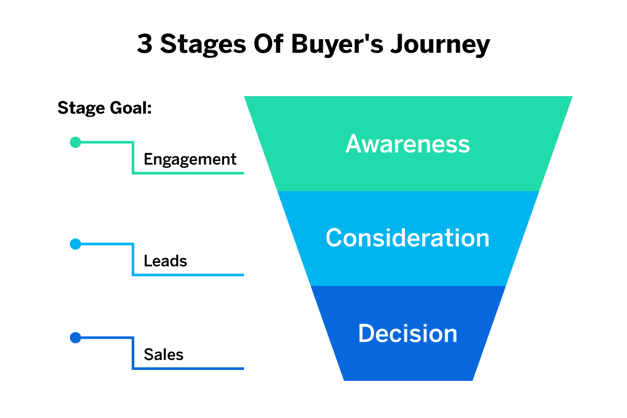
Marketing to Addiction Treatment Referral Sources
Identifying potential referral sources and building strong relationships through networking and collaboration is crucial for effective addiction treatment marketing.
Identifying potential sources
To effectively market addiction treatment services, it is crucial to identify potential sources of referrals. These sources can include healthcare professionals, therapists, social workers, and community organizations that work with individuals struggling with substance abuse.
By building relationships with these referral sources through networking and collaboration, treatment centers can increase their visibility and credibility in the field. It is important to actively seek out opportunities to connect with these potential sources and showcase the unique strengths and benefits of your treatment program to attract their attention and trust.
Building relationships through networking and collaboration
Building relationships is crucial for successful addiction treatment marketing. Here are some strategies to consider:
- Networking with industry professionals: Connect with others in the addiction treatment field through conferences, seminars, and online communities.
- Collaborating with referral sources: Build strong partnerships with doctors, therapists, and community organizations that can refer clients to your treatment center.
- Offering educational opportunities: Host workshops or webinars where you can provide valuable information and resources to colleagues and potential referral sources.
- Participating in community events: Get involved in local initiatives related to addiction awareness and prevention to establish your center as a trusted resource.
- Sharing success stories: Highlight the positive outcomes of your treatment programs to build credibility and inspire confidence in your services.
Aligning Sales and Marketing for Success
Aligning sales and marketing is crucial for the success of addiction treatment centers. By working together, both departments can use data and analytics to drive decisions, identify opportunities for improvement, and optimize conversion rates.
Collaboration between sales and marketing teams ensures that messaging is consistent throughout the buyer's journey, resulting in increased engagement and ultimately better outcomes for both the business and individuals seeking addiction treatment.
The importance of collaboration
Collaboration is crucial when it comes to marketing addiction treatment. By working together, different teams can bring their unique perspectives and expertise to the table. This collaboration helps ensure that marketing efforts are aligned with business goals and strategies.
It also allows for a more comprehensive approach, where everyone is on the same page and working toward a common objective. When sales and marketing teams collaborate effectively, they can create targeted messaging that resonates with potential clients at each stage of their buyer's journey.
This collaboration enables teams to leverage data and analytics to make informed decisions about marketing strategies, optimize results, and improve overall success.
Using data and analytics to drive decisions
Data and analytics play a crucial role in making effective marketing decisions. They provide valuable insights into the behavior of your target audience, helping you understand what strategies are working and what needs improvement. By analyzing data, you can identify trends, preferences, and patterns that inform your decision-making process. This allows you to make data-driven decisions that have a higher chance of success. Here are some ways you can use data and analytics to drive decisions:
- Measure the effectiveness of your marketing campaigns: By tracking metrics such as website traffic, conversion rates, and engagement levels, you can evaluate how well your marketing efforts are performing. This information helps you determine which campaigns are generating positive results and which ones need adjustment.
- Identify target audience segments: Analyzing demographic data allows you to segment your audience based on characteristics such as age, gender, location, and interests. This helps tailor your messaging and content to specific groups, increasing the relevance and effectiveness of your marketing.
- Optimize your website for better performance: Use analytics tools to monitor user behavior on your website, including page views, bounce rate, and time spent on each page. This information can reveal areas where visitors may be experiencing difficulties or areas that need improvement.
- Track the customer journey: Analyze the different touchpoints a potential customer interacts with throughout their journey. By understanding where they are coming from (e.g., social media, search engine), how they engage with your content (e.g., clicking on links), and what actions they take (e.g., signing up for a newsletter), you can optimize those touchpoints to guide them toward conversion.
- Test different strategies: Through A/B testing or split testing, you can compare the performance of different marketing strategies or variations of a strategy against each other to see which one produces better results for achieving your goals.
- Monitor industry trends: Stay up-to-date with industry trends by analyzing relevant data sources. This allows you to identify emerging opportunities or changes in customer preferences, enabling you to adjust your marketing strategies accordingly.

Conclusion
In conclusion, leveraging the insights gained from understanding the buyer's journey is crucial for effective addiction treatment marketing. By identifying and targeting specific audiences, crafting tailored messaging for each stage of the journey, utilizing growth-driven design and inbound marketing strategies, reaching out to referral sources, aligning sales and marketing efforts, and continuously assessing and adjusting our approach, you can improve your marketing and conversion results.
It's important to stay informed about the unique needs of your target audience and adapt your strategies accordingly. Through collaboration, data analysis, and ongoing evaluation, you can optimize your marketing efforts and achieve better outcomes for addiction treatment centers.
Click here to learn more about addiction treatment center marketing.
FAQs
1. What is the buyer's journey, and why is it important in addiction treatment marketing?
The buyer's journey is the process that individuals go through when deciding to seek addiction treatment. It typically consists of three stages: awareness, consideration, and decision. Understanding this journey is crucial in marketing for addiction treatment because it allows us to tailor our messaging and strategies to meet potential clients where they are in their decision-making process. By aligning your efforts with the buyer's journey, you can provide relevant information and support at each stage, increasing the likelihood of conversion and ultimately helping more individuals overcome addiction.
2. How can I gather insights about the buyer's journey for addiction treatment marketing?
Gathering insights about the buyer's journey involves a combination of research, data analysis, and empathy. It's important to conduct market research to understand the specific challenges, questions, and emotions that individuals face at each stage of their journey. This can be done through surveys, interviews, and analyzing online behavior. Additionally, analyzing website analytics, social media interactions, and customer feedback can provide valuable insights. Empathy is also crucial - putting yourselves in the shoes of someone seeking addiction treatment helps you create more effective and compassionate marketing strategies.
3. How can we tailor marketing efforts to align with the buyer's journey for addiction treatment?
To tailor marketing efforts effectively, we need to create content and messaging that addresses the unique needs and concerns of individuals at each stage of the buyer's journey. In the awareness stage, focus on educational content that helps individuals understand their addiction and potential treatment options. In the consideration stage, provide more in-depth information about your addiction treatment services and the benefits of choosing your program. In the decision stage, offer clear and accessible information on how to take the next steps, such as contacting your facility or scheduling a consultation. Personalizing content and utilizing various channels (website, social media, email, etc.) is also essential.
4. How can leveraging buyer's journey insights improve the effectiveness of addiction treatment marketing campaigns?
Leveraging buyer's journey insights allows you to create more targeted and relevant marketing campaigns. This leads to higher engagement rates, increased trust, and a greater likelihood of conversion. By understanding the specific needs and concerns of individuals at each stage, you can provide the right information and support at the right time. This not only increases the chances of individuals seeking addiction treatment with your center but also ensures that they feel understood and supported throughout their journey to recovery.

